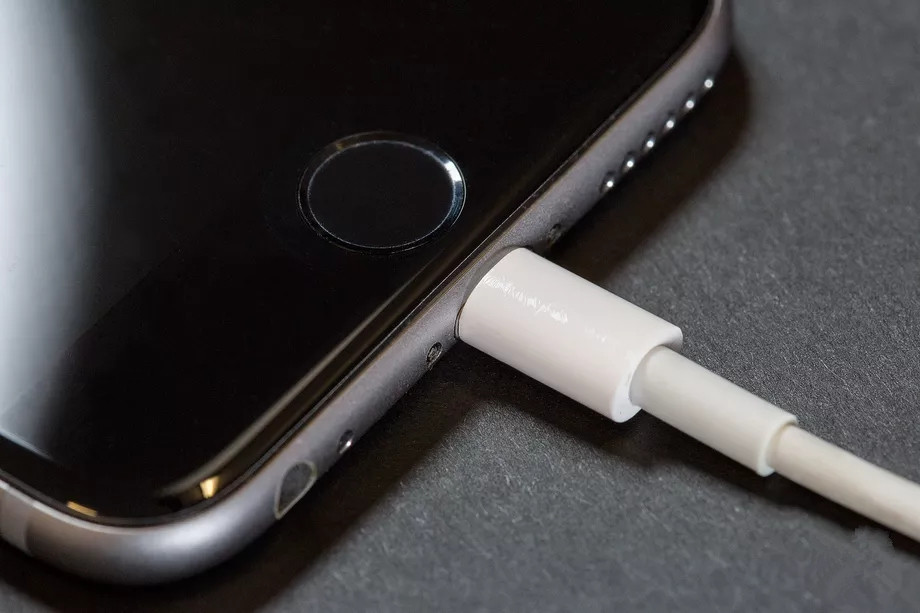 2624
2624
 2017-12-29
2017-12-29

HTC and Motorola say they don’t throttle their phones’ processor speeds as their batteries age, something Apple last week acknowledged doing to prevent errors after iPhone owners documented slowdowns. In emails to The Verge, both companies said they do not employ similar practices with their smartphones. An HTC spokesperson said that designing phones to slow down their processor as their battery ages “is not something we do.” A Motorola spokesperson said, “We do not throttle CPU performance based on older batteries.”
The Verge also reached out to Google, Samsung, LG, and Sony for comment on whether their phone processors are throttled in response to aging batteries. A Sony spokesperson said a response would be delayed by the holidays, and a Samsung spokesperson said the company was looking into it.
The responses begin to clarify whether or not throttling processor speeds is typical behavior in smartphones — as of last week, we knew that Apple was doing it, but not whether it was common practice among competitors. HTC and Motorola’s responses start to suggest that it’s not.
Apple said it introduced this behavior last year, for the iPhone 6, 6S, and SE, as a way to prevent random shutdowns of aging phones. As the phones’ batteries naturally degrade with use, they become able to output less power, leading the phone to unexpectedly shut off when the processor fires up to a high and demanding speed. Apple limited the phones’ processor speed to prevent those shutdowns, but in the process, also limited how fast a phone can get and did so without making this behavior clear to users.
There have long been conspiracy theories of “planned obsolesce” for iPhones, the idea being that Apple intentionally slows down devices right as a new one is released to encourage customers to upgrade. While this very much plays into that theory, it isn’t the same thing: the behavior Apple introduced for those phones (and recently, for the iPhone 7 as well) is meant to extend their usability, albeit at the cost of overall performance.
That said, Apple didn’t make it clear that replacing an iPhone’s battery could resolve this issue and improve performance. The company doesn’t make it particularly easy to replace batteries, either. And more importantly, it could have designed phones that didn’t need these guardrails just a year after their release, which is arguably the bigger issue.
These problems have clearly frustrated iPhones owners who found their phones suddenly slower after an update, and several are hoping to bring a class action lawsuit against Apple for the largely undisclosed practice.
Source: the verge